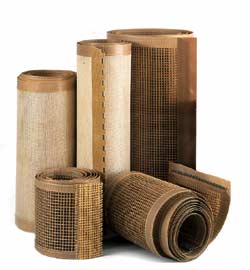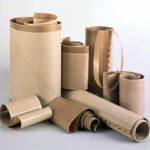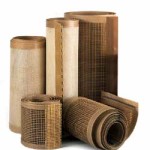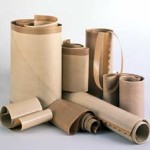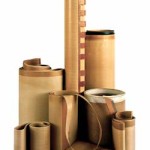Description
Mesh Belts (27/28 Series)
The DuraFlow® Mesh Belts (27 & 28) are essential to a wide range of drying and curing applications throughout the world. In fact, their superior performance has resulted in AFC becoming the largest supplier of PTFE (Fluon®) coated mesh belts to the US screen print industry. DuraFlow® Mesh Belts are manufactured from proprietary woven substrates that have been heavily coated with PTFE (Fluon®). The resulting products are significantly stronger, more wear resistant, and have better airflow for faster curing and drying. AFC’s UV Resistant Mesh Fabrics (28 Series) have all the benefits of the 27 Series Mesh Fabrics, but with the added benefit of UV protection. AFC’s DuraFlow® Mesh Fabrics are unsurpassed in their surface, strength, and airflow characteristics and thus provide the ultimate performance for textile and screen print drying and finishing. | ||||||||||||||||||||||||||||||||||||||||||||||||||||||||||||||||||||||||||
DuraFlow® PTFE Coated Belt Characteristics | ||||||||||||||||||||||||||||||||||||||||||||||||||||||||||||||||||||||||||
DuraFlow® Belts are engineered to retain the distinctive properties of PTFE; however, by adding a glass fabric to the matrix, AFC is able to obtain the added benefits of dimensional stability, excellent tensile strength and extremely low elongation (<1%). DuraFlow® Belts have received USDA approval for food processing and handling, and are FDA compliant (21 CFR177.1550). In addition, the DuraFlow® belts can operate in temperatures from -400°F (-240°C) under static conditions and -100°F (-73°C) under dynamic conditions up to 550°F (288°C). | ||||||||||||||||||||||||||||||||||||||||||||||||||||||||||||||||||||||||||
Typical Applications | ||||||||||||||||||||||||||||||||||||||||||||||||||||||||||||||||||||||||||
Packaging:
Food Products:
Polymer Processing:
Building Products:
| Printing and Textiles:
Other:
Additional applications exist. Contact AFC for more specific information. | |||||||||||||||||||||||||||||||||||||||||||||||||||||||||||||||||||||||||
Styles Available | ||||||||||||||||||||||||||||||||||||||||||||||||||||||||||||||||||||||||||
| ||||||||||||||||||||||||||||||||||||||||||||||||||||||||||||||||||||||||||
Please note: Additional thickness and styles available upon special order and lead times may vary for different styles and widths. *Disclaimer: All figures provided in the above table are based upon ASTM D 4969-97, the Standard Specification for Polytetrafluoroethylene (PTFE) Coated Glass Fabric. The above PIW values are based upon the ASTM D828 test method and are not actual values of AFC’s materials. The above tensile values are 80% of the figures provided in Table 6 of specification D579. AFC states that its actual tensile will be greater than the above material specification and that actual tensile values will be provided upon request. Edge Tear values are based upon ASTM D1424 (Elmendorf Tearing Test) and are average values that can vary. | ||||||||||||||||||||||||||||||||||||||||||||||||||||||||||||||||||||||||||


